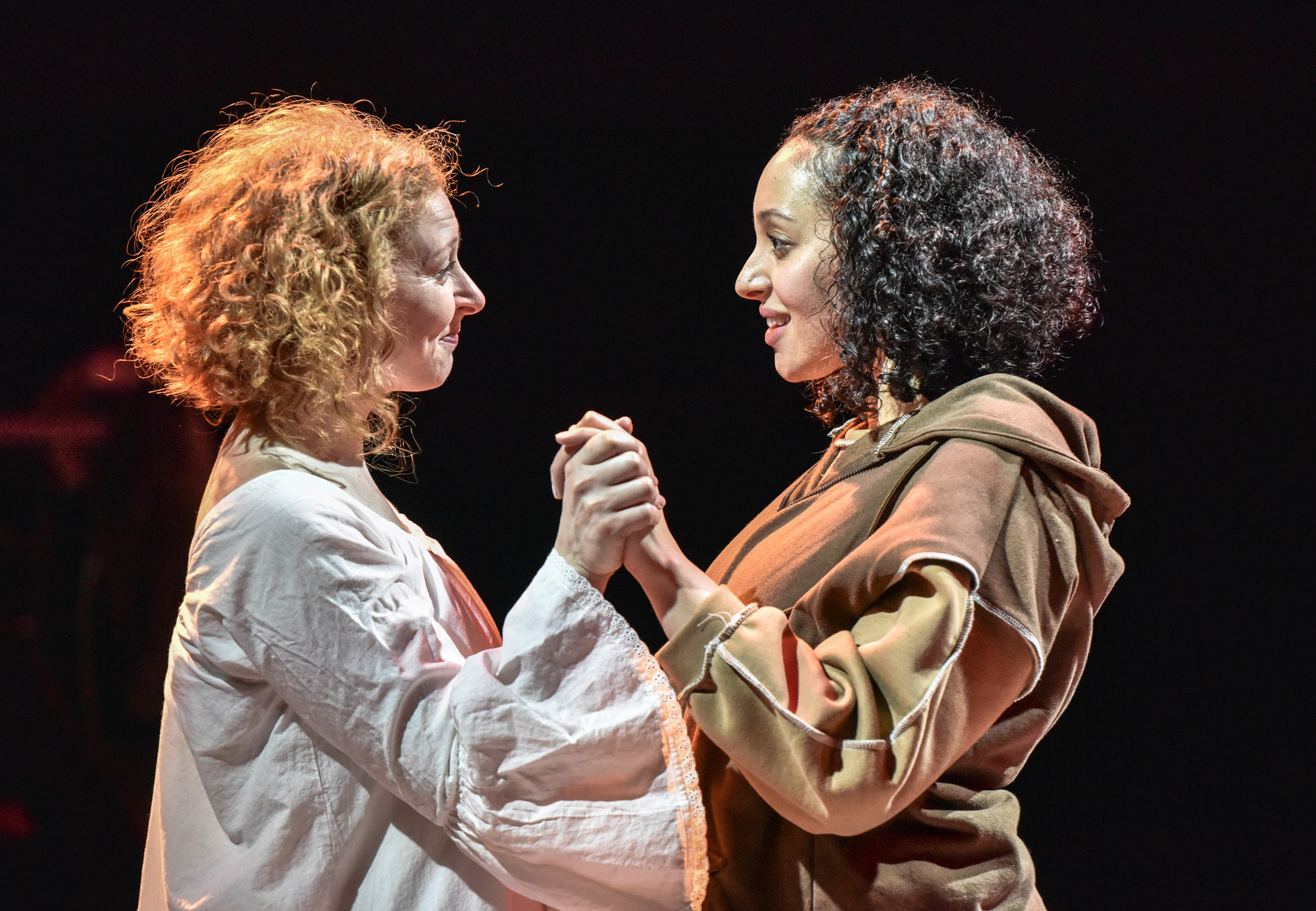
Culture Writer Charlotte Davies reviews Nothello, a reimagining of Shakespeare’s play Othello, and praises the way the play questions its relationship with racial love, as well as its portrayal of sexuality
‘Honest’ Iago once uttered ‘Demand me nothing; what you know, you know’ as his final lines in Shakespeare’s Jacobean tragedy, Othello. Though these words came at a resolving point in the play’s action, Iago’s statement is perpetually unanswerable in light of what we truly know about Shakespeare’s characters. How well can we say we ‘know’ this canonical world of the play within just five acts? How well can we trust Shakespeare’s construction of race when he himself is projecting a white gaze? Is Othello, therefore, a racist play; a play about racism; or both? Is it our responsibility as a modern audience to answer these questions?
Nothello’s use of an ensemble, majority-black cast and meta-theatrics work to question how we view the play’s relationship with racial love in a way which is fluid, fun and not didactic
After five weeks of rehearsals, Coventry’s Belgrade theatre introduces a new play written by Mojisola Adebayo and directed by Justine Themen which deconstructs a modern audience’s relationship with Shakespeare’s 1603 play. What begins as a superfluous retelling of Othello’s final scene is undercut from when Harris Cain interrupts the action from the audience and is refuted by out-of-character cast members to when Cassio ‘forgets his line.’ The play is reimagined through the eyes of Othello and Desdemona’s unborn twins, named Nothello (Cain) and Desdeknownow (Aimee Powell, who was previously directed by Themen in This Little Relic at the Belgrade). From here, Nothello’s use of an ensemble, majority-black cast and meta-theatrics work to question how we view the play’s relationship with racial love in a way which is fluid, fun and not didactic.
Designer Simon Kenny’s set became Adebayo’s ‘liminal’ premise in a subtle yet non-naturalistic way. A womb was recreated by sudden washes of red light met with the pulsating by the cast and by a red curtain draped at the back of the stage through which the cast entered and exited. On the floor were black, white and grey hexagon tiles to analogise the central race-mixing concern. The same apparatus to create the four-poster bed Emilia (Rayyah McCaul) was placed onto the start was stripped to be climbed upon by Nothello and Desdeknownow to shift location. This creation of the world of the play was juxtaposed against references to Coventry itself being a liminal space, ‘blended and bewildered, betwixt’, the final word echoing Iago’s speculation in Othello that Othello had “betwixt his sheets” and had an affair with Emilia.
Such references as this plays indicate the reliance on Shakespeare’s 1603 text in order to understand Nothello. This is not any fault of the play’s anymore than it was for Tom Stoppard who relied not only on an audience’s complex knowledge of Shakespeare’s Hamlet, but the play within it, The Murder of Gonzago, in order to even try to comprehend his 2009 play, Rosencrantz and Guildenstern Are Dead. However, it was the fact that the play discussed sexuality so candidly which makes it unfair to say that there would be no Nothello without Othello
However, it was the fact that the play discussed sexuality so candidly which makes it unfair to say that there would be no Nothello without Othello. In fact, the reworking of Shakespeare’s problematic line, ‘an old ram [Othello] is tupping a white ewe [Desdemona]’ to a ‘man is having sex with a women’, or, as Desdemona humorously put it, ‘just two people getting it on’, uses the old text to shed light on our prudish attitudes to sex which are relevant even in the 21st century, in the way that the modern pop culture reference, including Otis’ to Grindr (its problematic racial filtering), blur past and present attitudes which denigrate black men.
There is so much more to be said in praise of this play, from the Born Chorus’ wonderful collaboration and song at the end to the effortless movement of Powell and Cain. I encourage anyone wanting to enter the theatre with questions and exit with many more, to watch Nothello, which continues its run at the Belgrade, with support from Coventry UK City of Culture Trust, until 21st May.
Enjoyed this? Read more on Redbrick Culture!

Comments